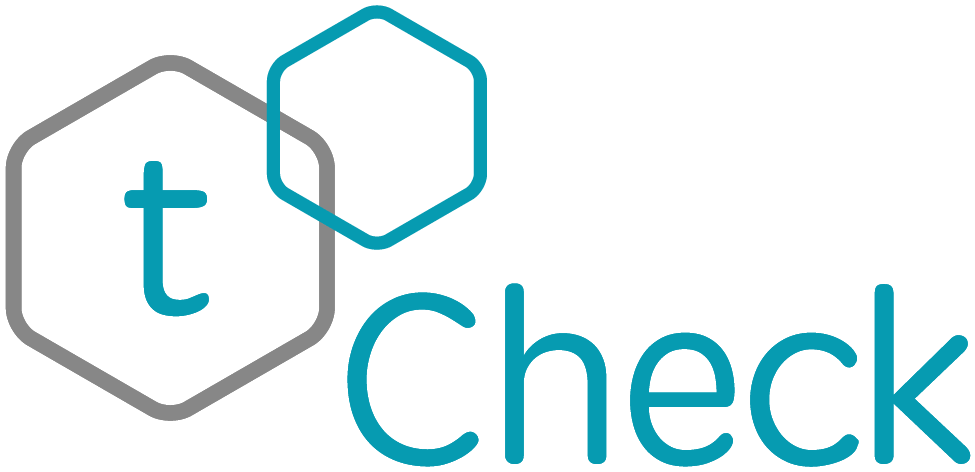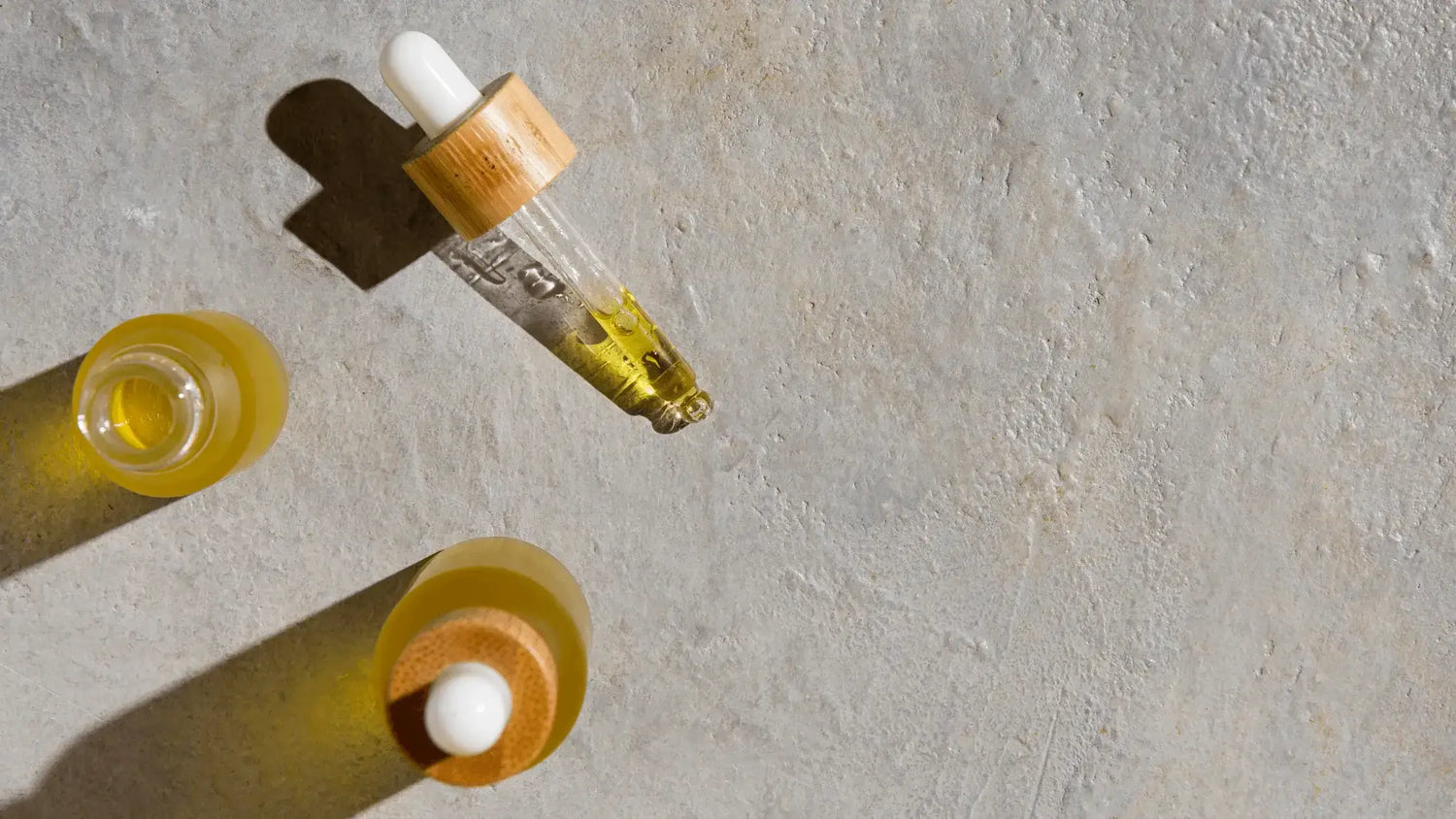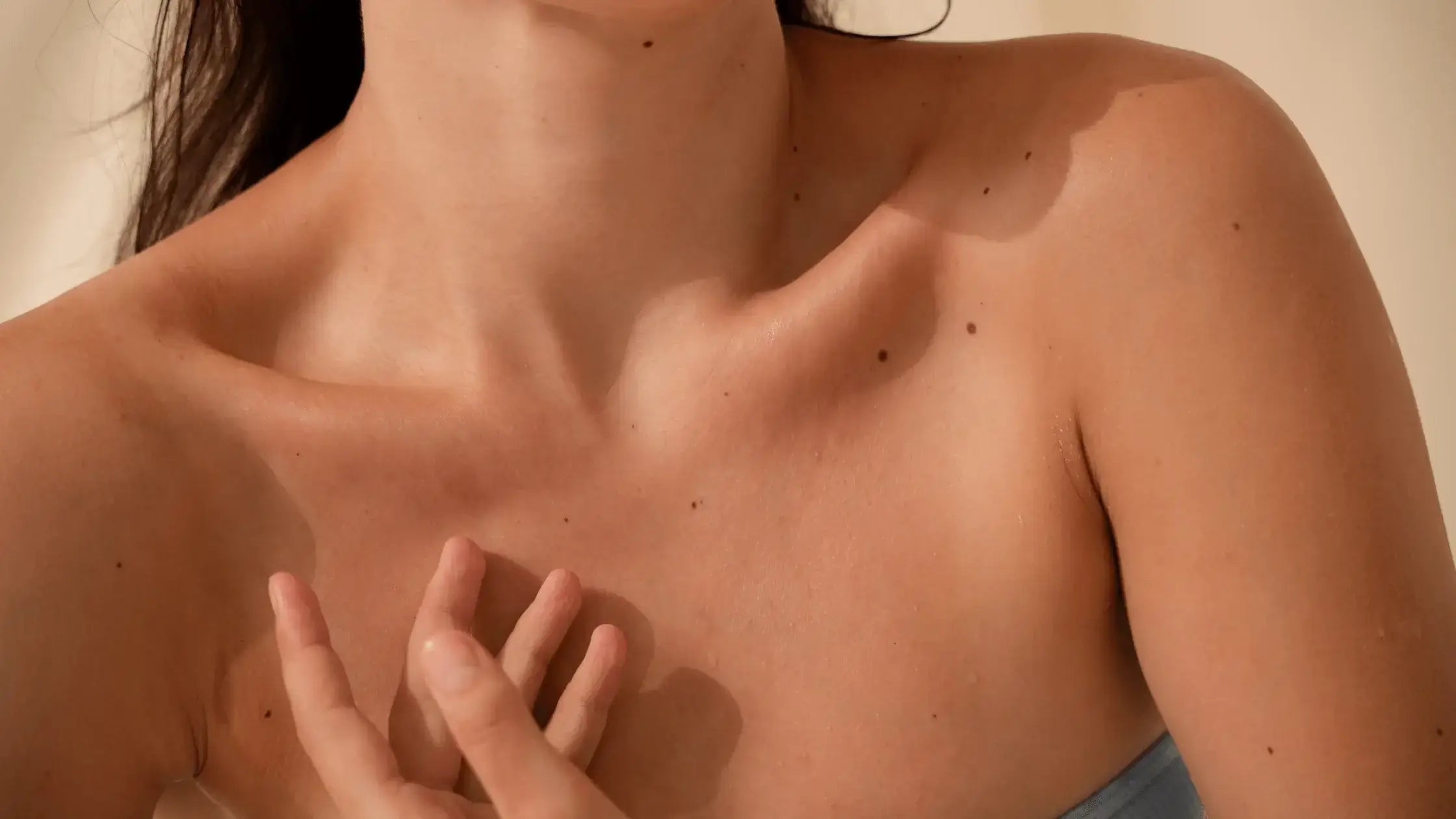For most of cannabis' history, consumers and cultivators only cared about one molecule: delta-9 THC. Why? Well, THC is the reason weed makes people feel the stereotypical "high" sensation — and, honestly, isn't that the point of smoking marijuana?
Even though THC is still the center of attention in the legal cannabis scene, the non-psychoactive cannabinoid CBD has captured as much (if not more) press in recent years. CBD is primarily in hemp cultivars and doesn't induce a "high," but it typically gives users a clear-headed sense of ease. There's also emerging evidence CBD blocks THC from landing on the brain's CB1 receptors, potentially reducing the risk for adverse reactions like paranoia. For these reasons, CBD has become popular for tokers (and non-tokers!) interested in low-intensity wellness sessions or microdosing during the day.
Different Ways To Take CBD — The Pros & Cons Of Common Ingestion Methods
Although CBD doesn't induce profound psychoactive experiences, people react differently depending on how they take this cannabinoid. Before trying CBD, consumers must know how ingestion methods impact CBD absorption.
1. Slurping CBD Oil With The Sublingual Method
If you've seen ads of CBD consumers tipping their heads back as they drop tinctures in their mouths, you've seen the "sublingual method" in action. This popular technique involves placing your preferred dose of a liquid CBD product under your tongue, holding it for about one minute, and then swallowing. The point of "sublingual administration" is to help CBD bypass the digestive process and get right into the bloodstream. Interestingly, the glands under our tongues absorb this compound without going through organs like the small intestine and liver.
The simplicity and efficacy of this method makes it one of the most popular in the CBD sphere. While other methods like smoking and vaping CBD have a similarly immediate impact on the endocannabinoid system (ECS), those techniques tend to irritate a user's throat and lungs. There are, however, a few potential downsides to using the sublingual method. For instance, some tinctures have high concentrations of alcohol, which makes them taste harsh and may not agree with everyone's dietary restrictions. Also, some people complain that CBD oil tastes bitter, and it's not the most discreet method. Aside from these concerns, taking CBD oil sublingually remains a popular choice for people who want a simple way to experience the full potency of CBD.
2. Chow On CBD Edibles
Eating CBD gummies is the sweetest and most discreet way to work hemp into daily life. Although these products are extremely popular with consumers, they typically rank as one of the least effective methods from a bioavailability perspective. For instance, recent studies published in Forbes suggest most people only absorb about 5% - 10% of the CBD in edible products.
Why are CBD edibles' effects so weak compared with sublingual CBD oil? Well, remember that CBD gummies go through the liver before entering the bloodstream. Along the way, the body's enzymes transform and break down CBD until few of the original molecules are left for absorption.
So, even though CBD gummies are a simple and yummy way to incorporate hemp into a hectic schedule, they aren't effective if people want high-potency experiences or precise dosing. On the flip side, since CBD edibles offer a more subtle feeling, they're ideal for consumers who want a slow-release, "microdosing" experience ideal for work environments.
On the subject of edibles, do you know what foods pair the best with cannabis? Check out our previous post, "How Different Foods Can Boost Your Canna-Buzz" for more details on this tasty topic.
3. Drink CBD-infused water
If you've experimented with making DIY cannabis tinctures, oils, or edibles, you know cannabinoids and water don't mix. Chemicals like CBD and THC are naturally hydrophobic, and they need an oil base for consistency and maximum absorption. Given CBD's reputation as a fat-soluble compound, it may seem odd some manufacturers now offer CBD-infused beverages like bottled water, seltzer, or even cocktails. Isn't it pointless to put CBD in liquids due to their naturally poor absorbability?
Although water isn't the ideal medium for CBD, some companies are working to improve this cannabinoid's absorption profile in liquid products. For instance, some scientists are researching using nanotechnology to break CBD particles into extremely small sizes, thus increasing their bioavailability in water. Admittedly, the science behind nano CBD is still in its early phases, but it has the potential to make CBD more flexible in a wide array of mediums.
As it stands today, CBD-infused waters typically have low absorption rates comparable to CBD edibles, so they aren't ideal for people who want a reliable and noticeable impact like sublingual, smoking, or vaping. However, CBD beverages are a fun way to get subtle traces of this cannabinoid into a daily schedule. Some athletes also swear by CBD waters to rehydrate and get some of CBD's purported anti-inflammatory effects while training or during a big game.
4. Smoking Or Vaping CBD
Since CBD has become more fashionable, more consumers who've never tried cannabis before are getting interested in lighting up their first joints with hemp flowers. There's also a plethora of CBD e-juices, dabs, and concentrates on the market for customers interested in vaping this cannabinoid with a portable or desktop unit. With both delivery methods, customers get a profound and instantaneous "hit" of CBD because this cannabinoid goes directly into their lungs. Although CBD strains and vape carts "taste" like THC-heavy products, they won't make people feel "stoned," which makes this an excellent choice for people who want a cannabis taste without feeling "out of it."
The biggest downside of smoking or vaping CBD is that it irritates the throat and lungs. People with pre-existing pulmonary conditions prefer using the sublingual CBD method for maximum comfort and absorbability. Also, if you suffer from frequent coughing or dry throat, using CBD joints may not be the most pleasurable experience.
All that being said, there are some cases where people prefer using CBD joints or e-juices. For instance, some preliminary studies suggest that smoking CBD hemp may curb nicotine cravings as people wean off cigarettes. It's unknown at this point just how effective CBD joints are for former smokers, but they may prove to be a powerful adjunct therapy in this branch of addiction recovery.
5. Lather On The CBD Lotion
While CBD-infused "beauty serums" and "pain relief creams" are all the rage, please remember the CBD in these products only seems to have a local impact. Also, consumers must pay attention to the extra ingredients companies add to their CBD skincare products, as these may dilute CBD's effectiveness or trigger an allergic reaction. On the positive side, skin-safe CBD ointments are a simple solution that may offer significant relief for people struggling with common skin complaints or joint aches.
6. CBD transdermal patches
A CBD transdermal patch is a sticky piece of paper that you place on your joints, back, neck — or anywhere else you need to feel some CBD comfort. Like topicals, these patches spread CBD to the skin's cannabinoid receptors, so people feel localized relief without CBD going into the bloodstream.
Although CBD patches and topicals are interchangeable in terms of their effects, some prefer using patches because they're not as messy. All you have to do is tear one of these products, place it wherever you need it, and feel the effects. No sticky fingers! The downside of using CBD patches versus lotions is they aren't as discreet, and they can slip off if you're sweating and moving while using them. For this reason, it may be best to use patches after a strenuous workout for maximum comfort and effectiveness.
7. CBD Capsules: Precision and Discretion
For people who aren't fans of the earthy taste of CBD or prefer an even more practical method of consumption, CBD capsules might be the answer. These are essentially CBD oil encapsulated in small, digestible gel capsules. The obvious advantage of capsules is that each capsule contains a fixed amount of CBD, ensuring consistent dosing every time. This can be especially beneficial for those who are aiming at specific effects or want to control exactly how much CBD enters their body.
Another significant benefit is the discretion they offer. Capsules look like any other supplement or medication. If, for any reason, you need to be discreet about taking CBD, capsules are an excellent choice for those who want to take their CBD on-the-go without drawing attention. It is worth noting however that similarly to edibles, capsules have to pass through the digestive system, which means it might take quite a bit to feel the effects compared to other methods described above. But for those who prioritize discretion and consistency, capsules are a top choice.
Potential Side Effects of CBD
While CBD is generally safe, there is no substance without at least some mild side-effects. This is why it's essential to be aware of all the details, especially for those new to its consumption. Some people might experience side effects such as dry mouth, dizziness, changes in appetite, or diarrhea. It's also worth noting that CBD might clash with certain medications, so if you are taking prescription medication, always consult with a healthcare professional before start taking CBD.
The method of consumption can also influence these side effects. For instance, vaping (though also safe) might irritate the lungs in some people, while edibles can affect the digestive system. The “low and slow” method is crucial: always start with a low dose and gradually increase it, paying close attention to how your body reacts.
No Matter What Method You Choose, Scan Your Dose With a tCheck Potency Tester
Whether you prefer CBD creams, capsules, or concentrates, you need reliable ways to gauge how much of this cannabinoid is in your extracts. Knowing the CBD:THC levels in cannabis-infused items gives you a clear glimpse into a product's potency and its intended effects so you can decide on the proper dosage for your preferences. For more details on how tCheck's scanner detects CBD levels with pinpoint accuracy, check out our previous blog post explaining the science behind potency testing.













